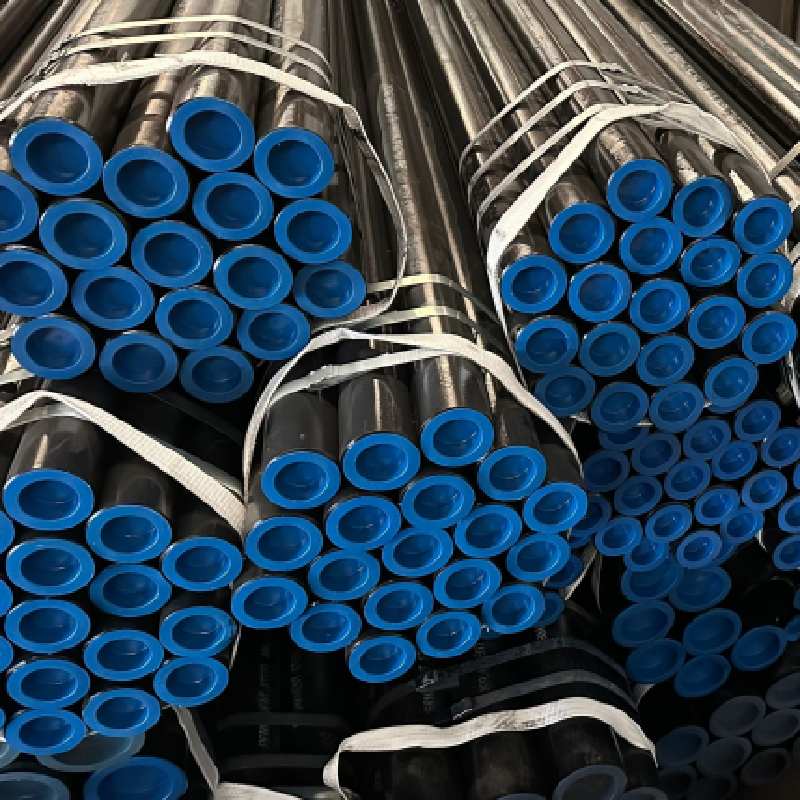-
Cangzhou Yulong Steel Co., Ltd.
-
Phone:
+86 13303177267 -
Email:
admin@ylsteelfittings.com
- English
- Arabic
- Italian
- Spanish
- Portuguese
- German
- kazakh
- Persian
- Greek
- French
- Russian
- Polish
- Thai
- Indonesian
- Vietnamese
- Zulu
- Korean
- Uzbek
- Hindi
- Serbian
- Malay
- Ukrainian
- Gujarati
- Haitian Creole
- hausa
- hawaiian
- Hebrew
- Miao
- Hungarian
- Icelandic
- igbo
- irish
- Japanese
- Javanese
- Kannada
- Khmer
- Rwandese
- Afrikaans
- Albanian
- Amharic
- Armenian
- Azerbaijani
- Basque
- Belarusian
- Bengali
- Bosnian
- Bulgarian
- Catalan
- Cebuano
- China
- China (Taiwan)
- Corsican
- Croatian
- Czech
- Danish
- Esperanto
- Estonian
- Finnish
- Frisian
- Galician
- Georgian
- Kurdish
- Kyrgyz
- Lao
- Latin
- Latvian
- Lithuanian
- Luxembourgish
- Macedonian
- Malgashi
- Malayalam
- Maltese
- Maori
- Marathi
- Mongolian
- Myanmar
- Nepali
- Norwegian
- Norwegian
- Occitan
- Pashto
- Dutch
- Punjabi
- Romanian
- Samoan
- Scottish Gaelic
- Sesotho
- Shona
- Sindhi
- Sinhala
- Slovak
- Slovenian
- Somali
- Sundanese
- Swahili
- Swedish
- Tagalog
- Tajik
- Tamil
- Tatar
- Telugu
- Turkish
- Turkmen
- Urdu
- Uighur
- Welsh
- Bantu
- Yiddish
- Yoruba

Dec . 12, 2024 09:50 Back to list
pipe plate flange
Understanding Pipe Plate Flanges An Essential Component in Piping Systems
In modern engineering and construction, the integrity of piping systems is paramount. Among the various components that play a critical role in ensuring the efficiency and safety of these systems, pipe plate flanges stand out as essential elements. This article will explore the functionality, types, and applications of pipe plate flanges while highlighting their importance in industrial settings.
What are Pipe Plate Flanges?
Pipe plate flanges are flat plates with holes that are attached to the ends of pipes. They are used to connect two sections of pipe or to connect a pipe to a vessel or other piece of equipment. The primary function of these flanges is to create a strong and leak-proof joint, allowing for the safe transfer of liquids or gases under various pressures. The design of a flange includes a raised surface, which is the area where the two connecting parts meet; this ensures a tight seal when bolted together.
Types of Pipe Plate Flanges
There are several types of flanges, each designed for specific applications. The most common types include
1. Weld Neck Flange This type of flange is characterized by a long neck that is welded to the pipe. It is ideal for high-pressure applications due to its ability to withstand stress concentrations.
3. Slip-On Flange These flanges are designed to slip over the pipe and are welded in place. They are easier to align and install, making them suitable for lower pressure applications.
4. Socket Weld Flange This type features a socket into which the pipe is inserted before being welded. It is commonly used in small-diameter piping systems.
5. Lap Joint Flange Specifically designed to pair with a corresponding lap joint stub end, these flanges are often used in systems that require frequent dismantling.
pipe plate flange

6. Threaded Flange These flanges are used in situations where welding is not feasible, featuring internal threads to allow for connection to threaded pipes.
Each type of flange has its unique advantages, making it critical for engineers to select the appropriate flange based on the specific service conditions, including temperature, pressure, and the type of media being transported.
Applications of Pipe Plate Flanges
Pipe plate flanges are ubiquitous across various industries. In the oil and gas sector, they play a crucial role in connecting pipelines that transport crude oil and natural gas. Their robust design ensures that they can handle the extreme environments often encountered in these applications.
In the chemical industry, flanges are commonly used to connect pipes carrying hazardous materials. The integrity of these connections is vital to prevent leaks that could result in environmental disasters or safety hazards.
Moreover, in water treatment facilities and HVAC systems, flanges facilitate maintenance and repairs, allowing for sections of the system to be easily removed and replaced as needed.
Importance of Proper Selection and Maintenance
The selection of the appropriate pipe plate flange is crucial. Factors such as the operating pressure, temperature, and the nature of the fluid being transported must be carefully considered. Incorrect flange selection can lead to catastrophic failures, resulting in costly downtimes and safety hazards.
Additionally, regular maintenance of flange connections is essential. This includes checking for signs of wear, corrosion, and loosening due to vibration. Proper maintenance practices ensure long-lasting performance and safety of the piping systems.
Conclusion
In conclusion, pipe plate flanges are critical components in the construction and maintenance of piping systems across various industries. Their ability to provide secure and reliable connections helps ensure the safe transportation of fluids and gases. By understanding the different types of flanges and their applications, engineers and maintenance professionals can make informed decisions that enhance the efficiency and safety of their systems.
Latest news
-
ANSI 150P SS304 SO FLANGE
NewsFeb.14,2025
-
ASTM A333GR6 STEEL PIPE
NewsJan.20,2025
-
ANSI B16.5 WELDING NECK FLANGE
NewsJan.15,2026
-
ANSI B16.5 SLIP-ON FLANGE
NewsApr.19,2024
-
SABS 1123 FLANGE
NewsJan.15,2025
-
DIN86044 PLATE FLANGE
NewsApr.19,2024
-
DIN2527 BLIND FLANGE
NewsApr.12,2024
-
JIS B2311 Butt-Welding Fittings LR/SR 45°/90° /180°Seamless/Weld
NewsApr.23,2024











